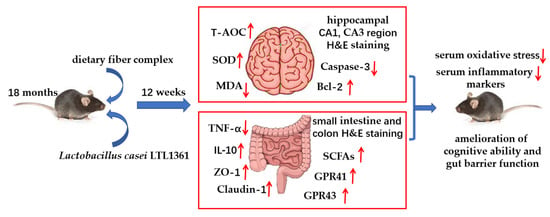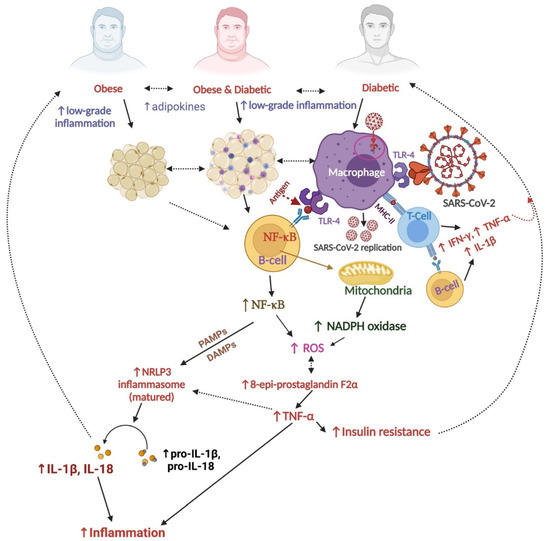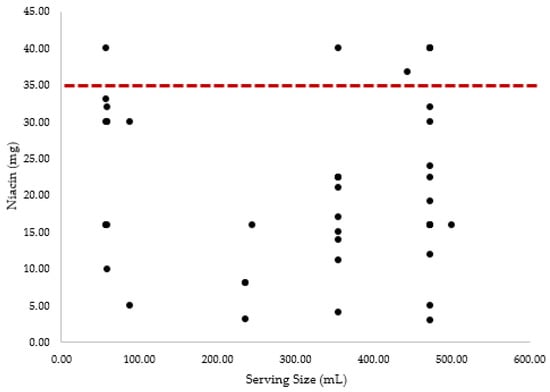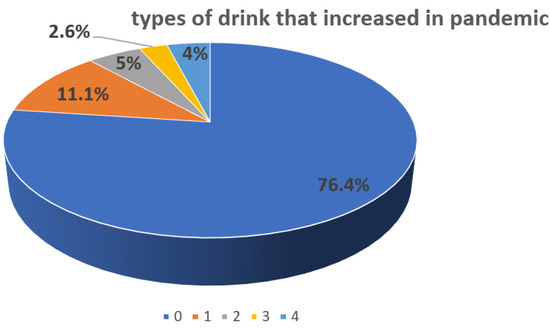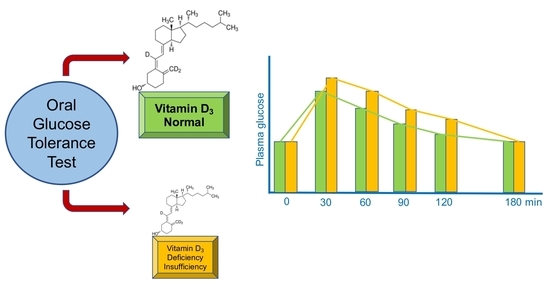Nutrients 2022, 14(2), 324; https://doi.org/10.3390/nu14020324 - 13 Jan 2022
Cited by 26 | Viewed by 5671
Abstract
Dietary intervention could modulate age-related neurological disorders via the gut–brain axis. The potential roles of a probiotic and the dietary fiber complex (DFC) on brain and gut function in aged mice were investigated in this study. Lactobacillus casei LTL1361 and DFC were orally
[...] Read more.
Dietary intervention could modulate age-related neurological disorders via the gut–brain axis. The potential roles of a probiotic and the dietary fiber complex (DFC) on brain and gut function in aged mice were investigated in this study. Lactobacillus casei LTL1361 and DFC were orally administrated for 12 weeks, and the learning and memory ability, as well as the oxidative parameters, inflammatory markers, gut barrier function and microbial metabolite short-chain fatty acids (SCFAs), were investigated. LTL1361 and DFC supplementation ameliorated cognitive ability, attenuated oxidative stress in brain and inflammation in serum and colon, ameliorated gut barrier function, and increased the SCFA concentrations and gene expression of SCFA receptors. The protective effect was more significantly enhanced in aged mice treated with the combination of LTL1361 and DFC than treated with LTL1361 or DFC alone. These results could be associated with the protected morphology of pyramidal nerve cells in hippocampus of mice brain and the downregulation of apoptosis marker caspase-3 in brain and upregulation of tight junction proteins in small intestine and colon. The results indicated that Lactobacillus casei LTL1361 and DFC alleviated age-related cognitive impairment, as well as protected brain and gut function. Lactobacillus casei LTL1361 and DFC might be used as novel and promising antiaging agents in human.
Full article
(This article belongs to the Special Issue Role of Lactobacillus and Probiotics in Human Health and Diseases)
►
Show Figures
